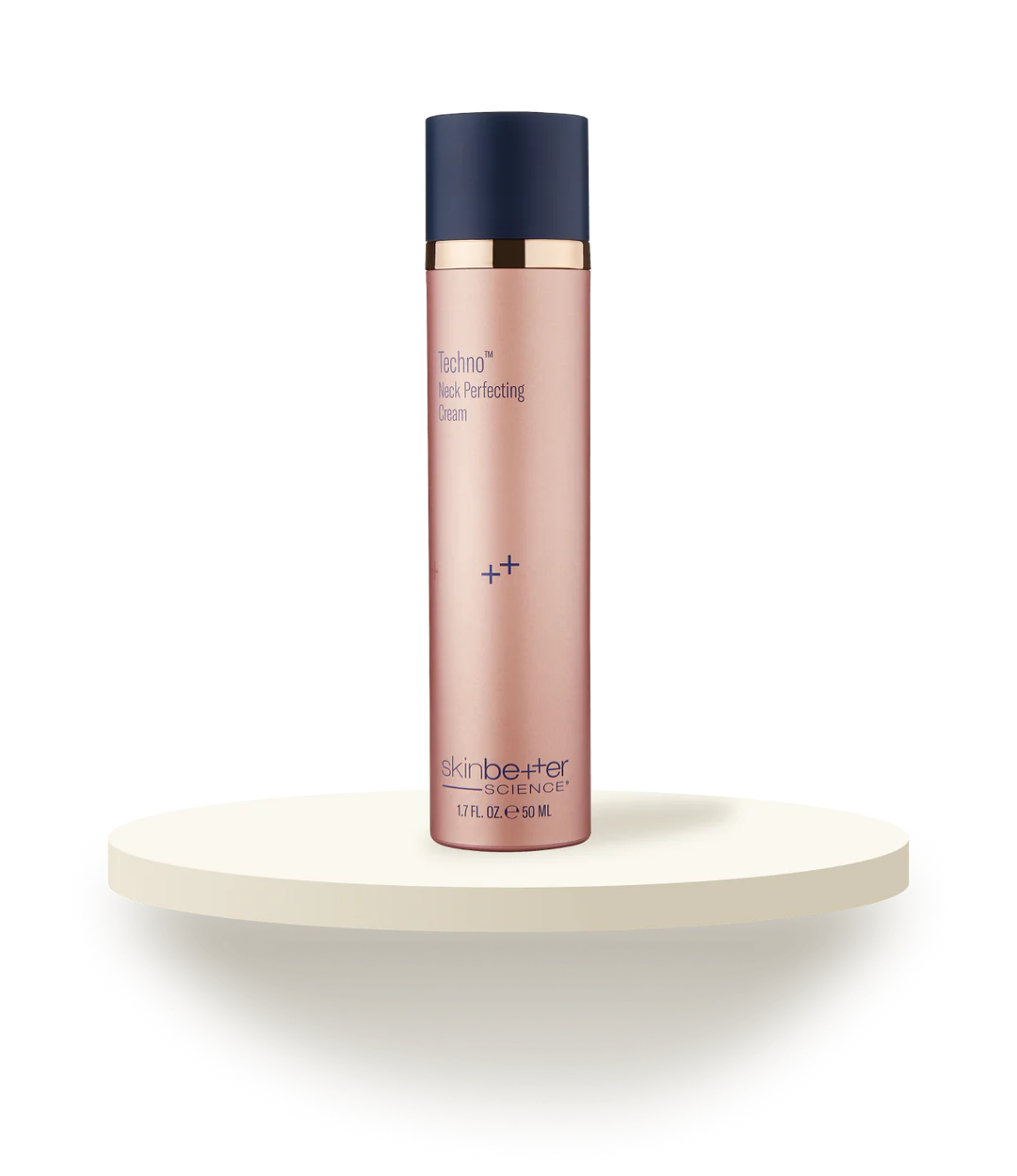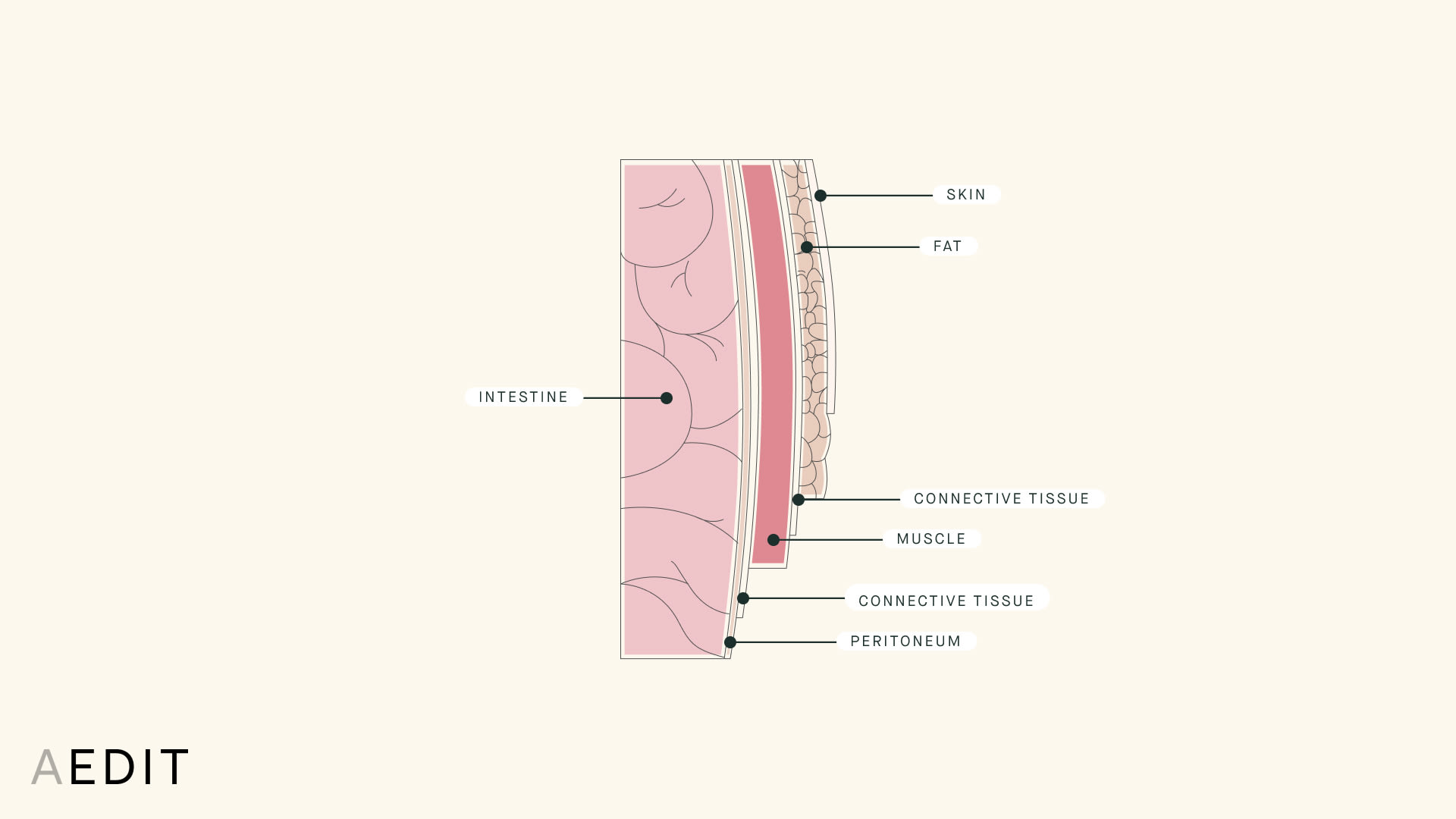Excess Body Fat
You've done the work and gotten the weight off, but the fat is being stubborn… a plastic surgeon can help with that.
Weight loss and physical activity are hot topics. Heart disease, type 2 diabetes, and high cholesterol levels are just some of the health risks correlated to high levels of body fat. Weight management and getting adequate amounts of aerobic exercise and high intensity exercise should be a priority for everyone. Once, however, you have done the work to achieve a healthy and balanced lifestyle, you may be looking for a little extra help getting rid of some of those stubborn fat areas. This is where the plastic surgeon can come in.
When we think about fat from a cosmetic perspective we tend to focus on the fat that sits more superficially (closer to the skin). This is called subcutaneous fat and it’s what many people estimate their body fat levels from.
There is another type of fat called visceral fat that surrounds all of our organs. This fat is highly correlated to overall health regardless of body weight and visual body fat levels. This type of fat serves as a risk factor for cardiovascular disease (like high blood pressure), insulin resistance (like diabetes), and high triglyceride and cholesterol levels.
An underweight individual with poor diet and exercise habits can have high levels of visceral fat which puts them at a significantly higher risk for health problems. Overweight and obese individuals usually have high levels of both subcutaneous and visceral fat. There is an essential amount of fat all men and women must maintain for homeostasis (appropriate body function), and this number varies by individual.
Brown fat and white fat are two more types of adipose tissue. Brown fat is like hibernation fat. Well kind of. It’s very prevalent in babies and declines with age. It is more common in lean adults, and becomes more metabolically active in colder temperatures. White fat contributes to energy storage and hormone regulation.
The short answer is yes. The long answer is a bit more complex. We all know it’s generally easier for men to recomposition their bodies with exercise and diet changes. Men naturally have lower body fat levels and this is primarily related to hormones. Fat tissue plays a major role in hormone production and regulation. Since women undergo significant hormonal cycles related to their period, they naturally need to maintain a higher level of body fat.
Men are genetically predisposed to holding fat in their midsections, whereas women are more likely to store fat in their lower body (think hips, buttocks, and thighs).
Fat tissue is universal, but there are some differences in fat distributions based on body area. Let’s look at some fat specifics.
The Anatomy of Belly Fat
Body weight and body fat levels are intrinsically correlated. Muscle mass of course contributes to body weight as well (that’s why elite athletes can be considered overweight on the BMI scale). We’ll leave the concerns over excessive muscle to the professionals, however, and focus on excess body fat. Cosmetic treatments for body fat can assist with losing those last few stubborn areas and refining the overall body contour. Cosmetic body fat reduction is not a substitute for a healthy lifestyle, but can assist in meeting your personal aesthetic goals.
When it comes to ditching the stubborn areas of body fat, there are both surgical and non-surgical options. Liposuction and less invasive techniques can be utilized depending on the body area:
For a comprehensive look at treatment options, check out our guide to body contouring solutions.

